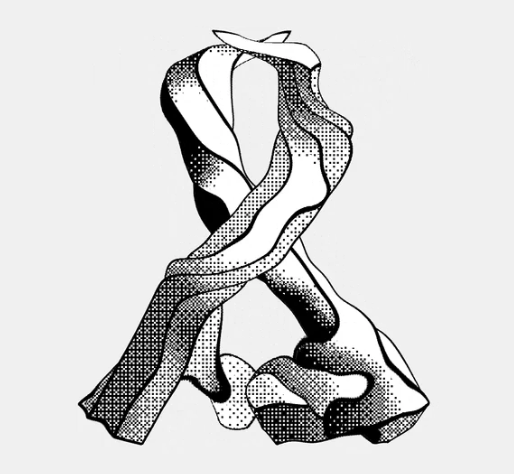I’m considering switching to linux but I’m not a computer savvy person, so I wanted to have the option to switch back to windows if unforeseen complications (I only have 1 pc). Is it just a download on usb and install? And what ways can I get the product key or “cleaner” debloated versions.
If you’re nervous about the switch consider dual-booting. Then you’re not fully committed to the switch & you can have your old Windows system back whenever you want it.
Main steps are:
- Run a defrag on your Windows machine to physically consolidate all your Windows data to one area.
- Break that partition into two (Linux will go one the new empty side)
- Install Linux from a USB as normal, but don’t choose to wipe your drive completely. Choose a manual option instead where you specifically indicate your intended Linux partition from above.
- Optional: Once installation is complete you can set up another partition to hold files which can be available to both OSs.
- Boot into Linux & define the remaining unused space in the Linux partition as a new NTFS partition & give it a name which makes it obvious what it is (i.e. “sharedspace”)
- Then boot into Windows and move the existing data you’d like to share between OSs here (work documents, movies, music, etc.)
Some useful links:
- Video on setting up a dual boot
- Howtogeek used to have a great walkthrough for doing this but I’m getting a 404 error when I try to follow the link now :(
- Optional: Setting up Linux symlinks to point to the shared space partition
I would argue that it is better to have two separate drives for the installation. It simplifies things for non tech savvy people, and I believe Windows has less of an opportunity to mess with your linux install, such as messing with the efi partition.
Same here. I installed Linux Mint on my internal D: drive and left my Windows C: drive completely untouched. Then, I changed my boot order in bios to boot from drive D: This lets you play with Linux without messing with the bootloader on your Windows drive, or fiddling with partitions.
Once I decided to keep Linux, I modified the D: drive bootloader (“sudo update-grub”) so it would show both drives when I booted from D: Now I can boot into either OS without having to change the boot order in BIOS.




